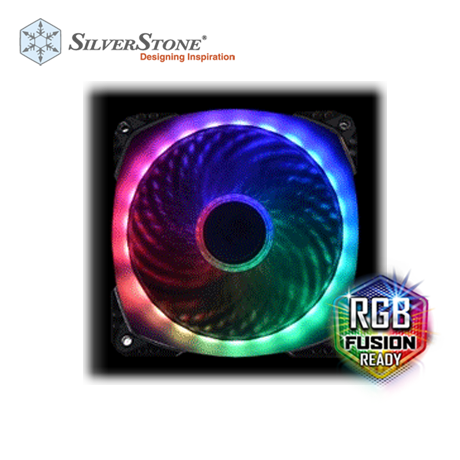
While you're realigning the LED light strips. If you can see that they aren't aligned right, gently move the strip back and forth until the strips light up properly, this usually fixes connection issues! With the connector box open, we need to check and make sure that LED strip's oval or circular copper pads are properly lined up with the connector's silver pins. In case you need to adjust the light strips and metal pads with your bare hands, there's no need to worry because our LEDs run on 12 volts DC, and there is no shock danger there! Aqua / Blue-green color: Red circuit/copper pad not making good connection with metal pin in connector Yellowish color: Blue circuit/copper pad not making good connection with metal pin in connector Purple/ Pink color: Green circuit/copper pad not making good connection with metal pin in connector No color: +12V circuit/copper pad not making good connection with metal pin in connector Pop open the connector boxes to see the LED strip's connections. Below is a list of a few situations regarding the LEDs color (or lack thereof) and what may be happening here:

If the LED strips aren't both coming up white when you set them to white. If your first strip lights up white, but your second strip doesn't light up at all, or displays a color other than white, then we've got a bit of an issue and we'll need to look a little closer at these connections, which can be finicky to work with sometimes. To make the rest of these steps as easy as possible, set your strips to white once you've turned them on. With the polarities right, we can turn the lights on.

If you've got the polarity right for both strips, then let's move onto step 2. Make sure the black wire (the positive wire in this case) on the RGB strip connector is on the same side as the '+12V' symbol located on one side of each strip. Now that you've figured out which end of the strip is positive, line it up with the "+" end of the connector, which is indicated on the white connector box.


 0 kommentar(er)
0 kommentar(er)
